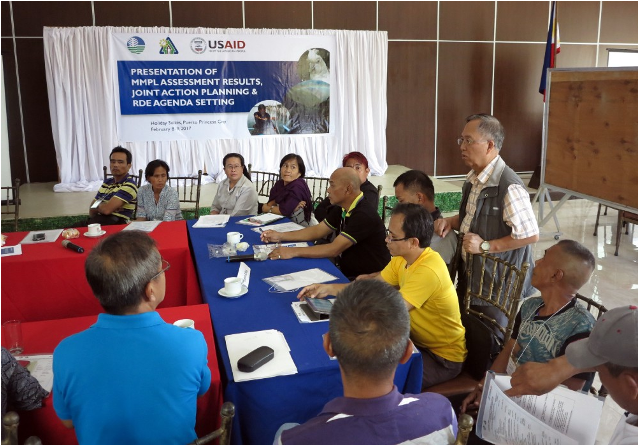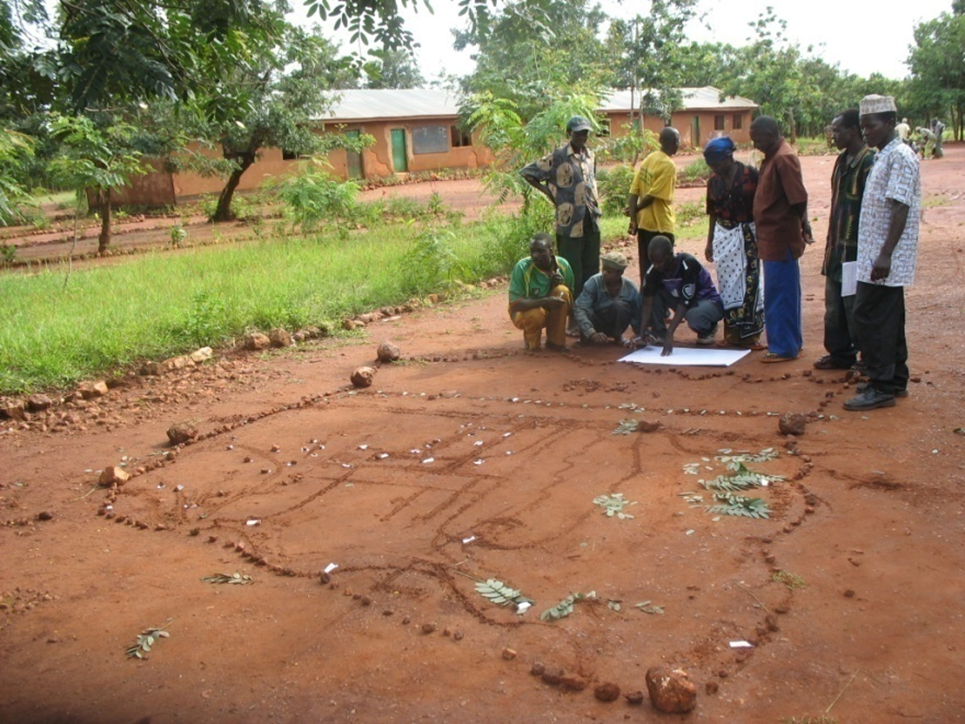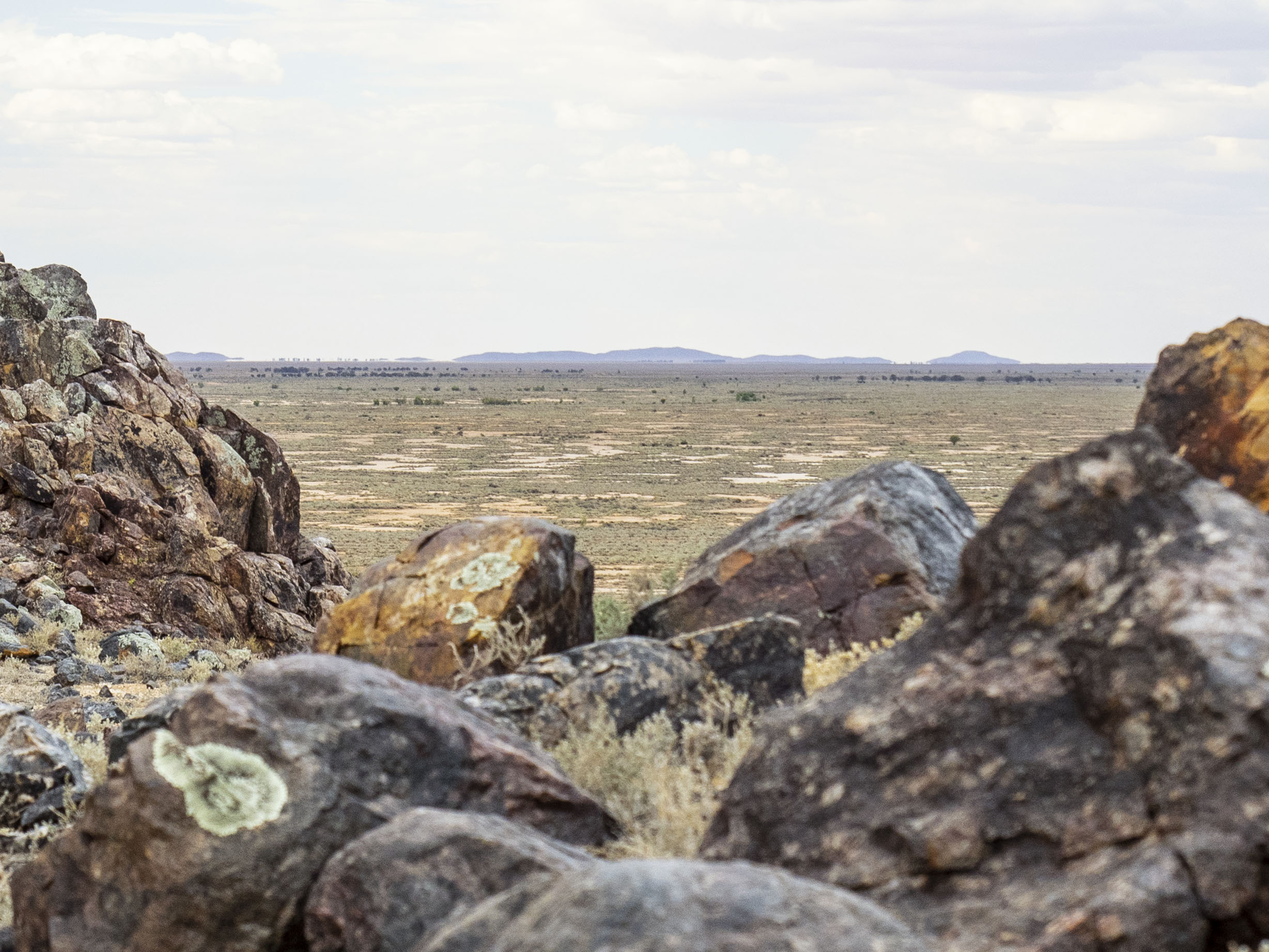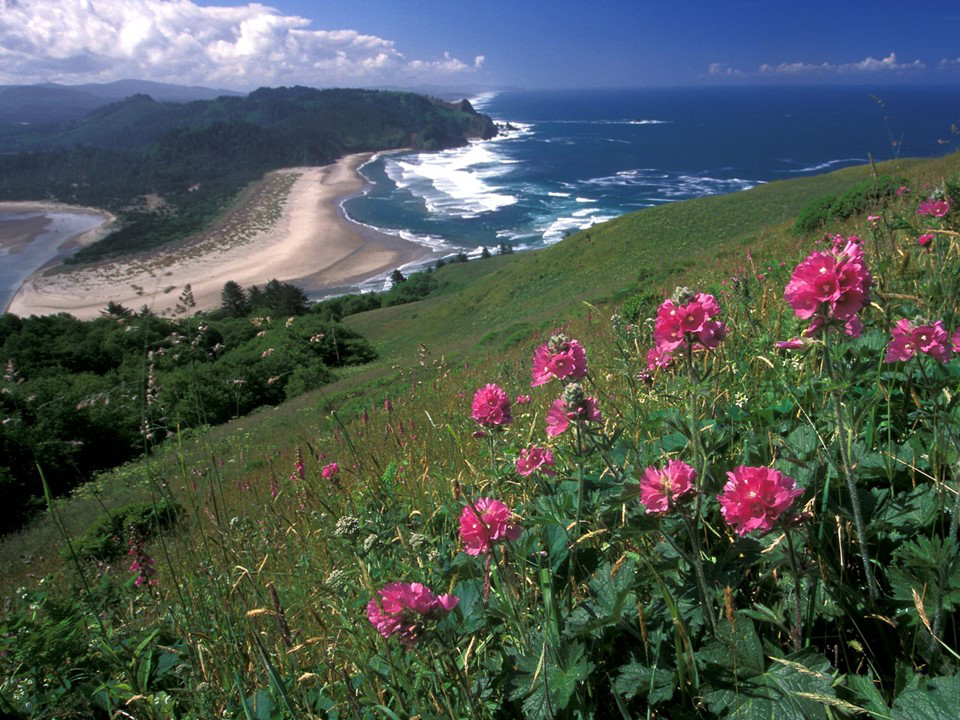Photo Credit: Simon Horsburgh
Case Study Competitions
Every two years, the Conservation Measures Partnership and the Conservation Coaches Network run a case study competition. The competition highlights experiences and lessons in developing, implementing, and adapting conservation projects across the globe.
In 2022, we decided to have a photo story competition instead. If you would like to learn more, please check out this announcement.
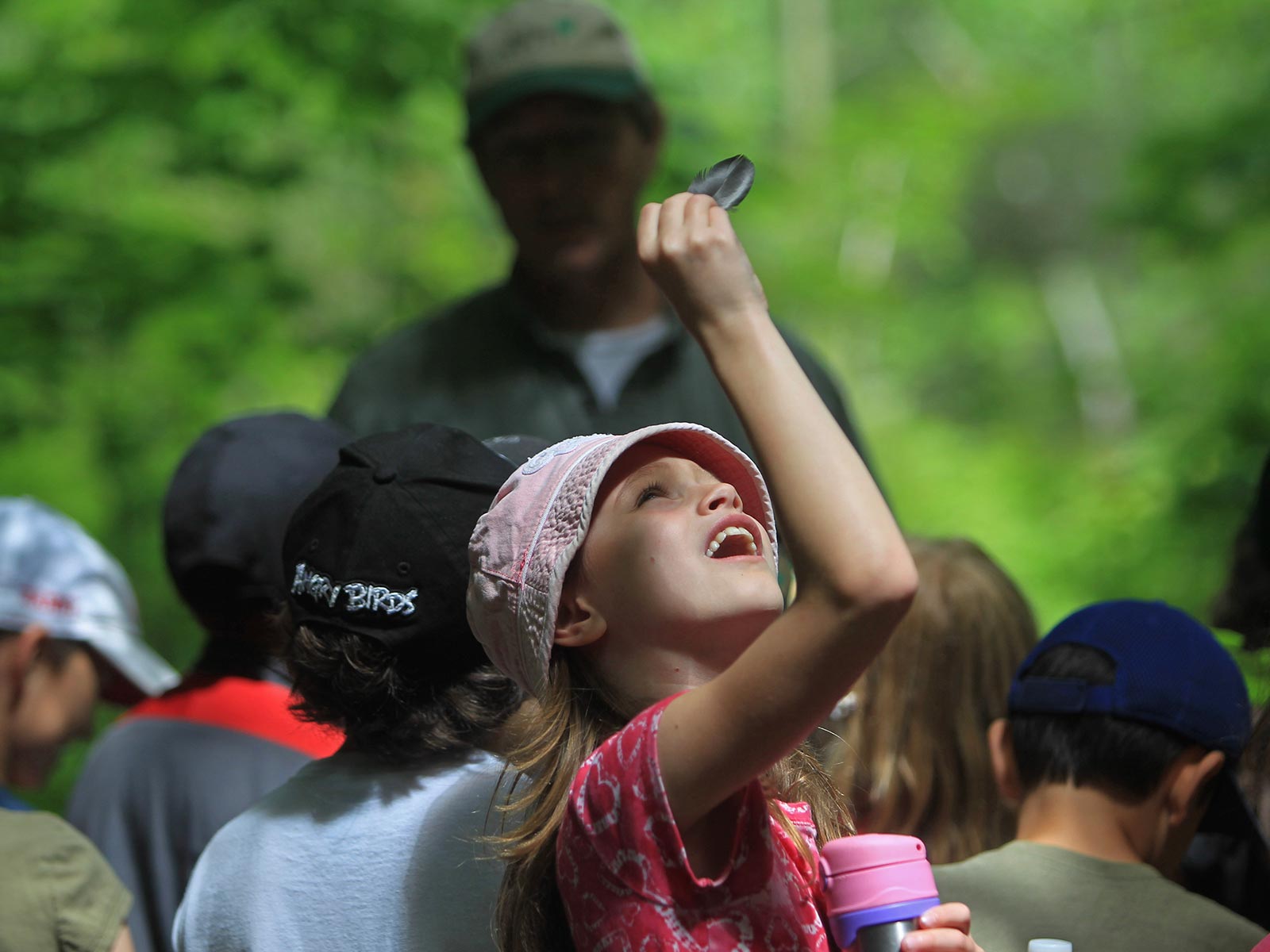
Photo Credit: Brenda Van Sleeuwen
2022 Photo Story Winners
A single story has the power to change the world. It is through storytelling that we share ideas, spark the imagination, and connect to one another. Photography offers a visually compelling way to share stories and reach a wide audience.
Our 2022 competition focused on looking for conservation projects across the globe that were captured visually to tell their story and highlight their use of the Conservation Standards. Our hope is that these photo stories will inspire organizations and individuals currently using or interested in the Standards.
View the three winners from this year’s competition who inspired us with their visual storytelling and impactful programs.
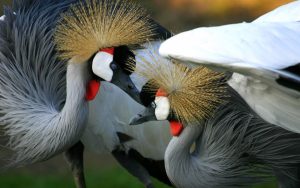
Photo Credit: International Crane Foundation (ICF) and Endangered Wildlife Trust (EWT)
1st Place:
Cranes and communities: a case study in Eastern Africa
By International Crane Foundation and Endangered Wildlife Trust. This photo story explores the delicate relationship between the African crowned crane and the communities that live in its habitat. Through the eyes of community, this case study explores how the Conservation Standards are used to develop solutions to conserve cranes in eastern Africa.
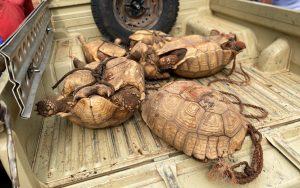
Photo Credit: Wildlife Conservation Society
2nd Place:
Operation tortoise transport: a case study in the Central African Republic
By the Wildlife Conservation Society – Central Africa Republic. This photo story features a real-life scenario experienced by a team of rangers in the Bamingui-Bangoran National Park in the Central Africa Republic. Their use of the Conservation Standards has allowed them to establish a process for dealing with wildlife traffickers and this story exemplifies their implementation strategy as they save a small group of tortoises.
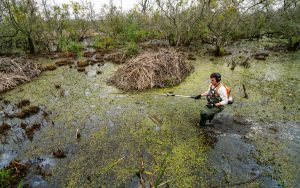
Photo Credit: Parks Canada
3rd Place:
The Great Lakes’ largest marsh: a case study in Point Pelee
By Parks Canada. This photo story highlights one of the largest marsh ecosystems in the Great Lakes and the invasion of non-native plants introduced to the marsh and the battle to eliminate them. This habitat-focused story follows the progress of Parks Canada in using the Conservation Standards to conserve Point Pelee.
Honorable Mentions
Two other projects gained an Honorable Mention.
Safeguarding Chilean Palms: a case study in Chile
This story shares the work of The National Forestry Corporation (CONAF) in Chile to maintain protection of Chilean palm trees through the use of the Conservation Standards.
Protecting biodiversity: a case study in Southern Lakes Sanctuary
This story features the work of the Southern Lakes Sanctuary in New Zealand and explores the diverse range of indigenous fauna and the sanctuary’s efforts to protect them by using the Conservation Standards.
Previous Winners
Follow the links below to learn about case study winners. Or visit our Resources Library and search for case studies to read about more experiences and view products developed by teams using the Conservation Standards.
2020 Winners
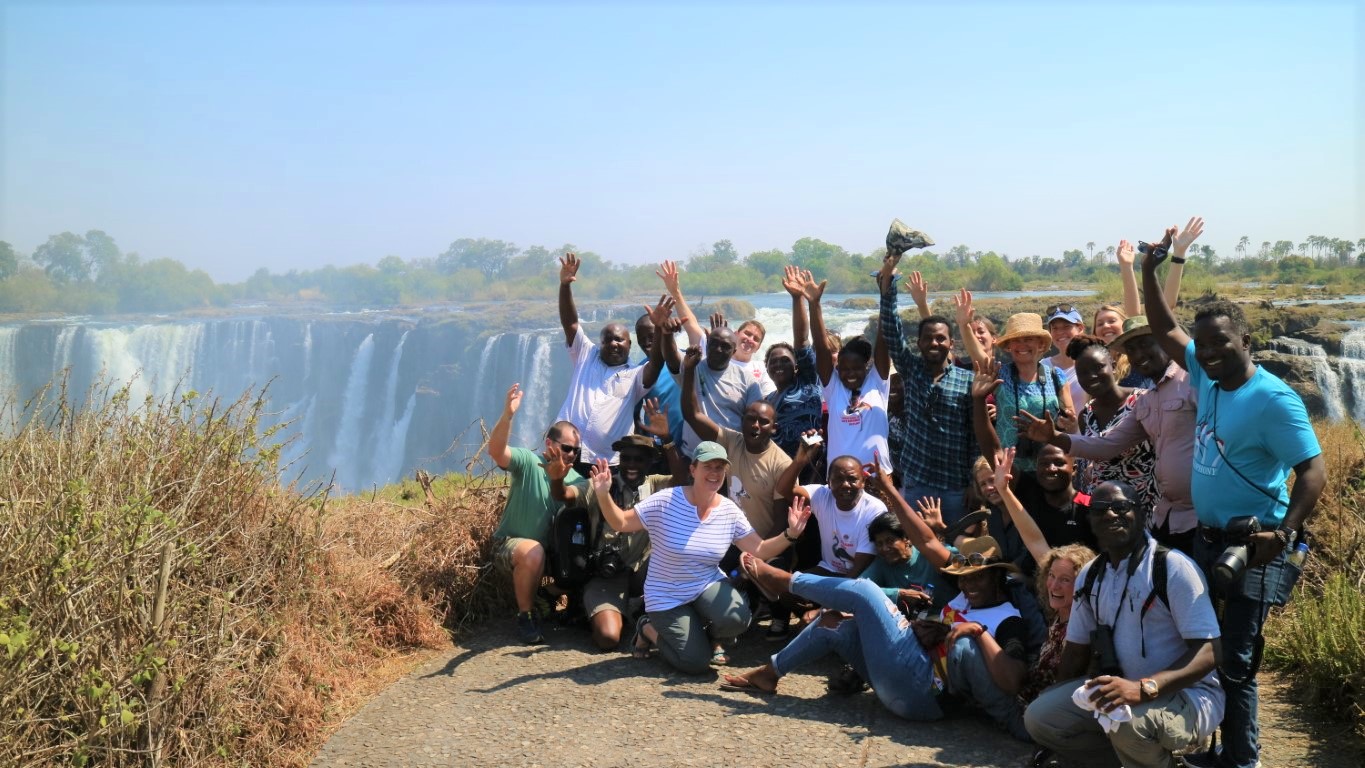
Photo Credit: International Crane Foundation (ICF) and Endangered Wildlife Trust (EWT)
1st Place:
Partnership Adoption of the Conservation Standards
Learn about the Endangered Wildlife Trust (EWT) and the International Crane Foundation’s (ICF) integration of the Conservation Standards into their collaborative conservation work and the effects that integration had.
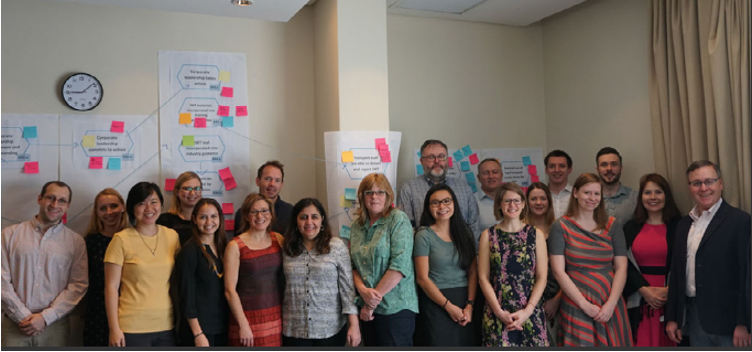
Photo Credit: TRAFFIC
2nd Place:
Reducing Opportunities for Unlawful Transport of Endangered Species (ROUTES)
Learn about ROUTES, a multipronged approach to curbing illegal wildlife smuggling.
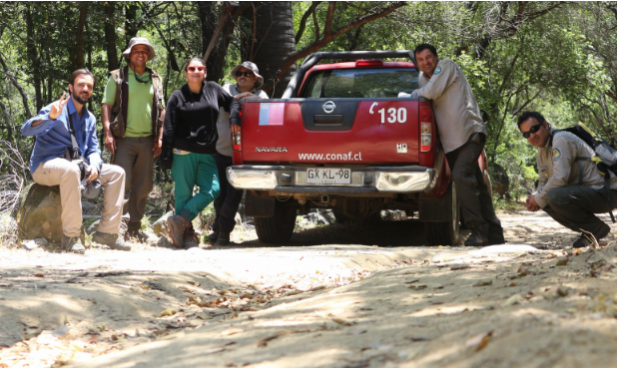
Photo Credit: CONAF
3rd Place (TIE):
Think to Learn, Learn to Know, Know to Adapt, Adapt to Win
and
The first case gets into the Chilean National Forest Corporation’s (CONAF) efforts to save the world’s southernmost palm tree. The second case is about CONAF’s use of the Conservation Standards to strengthen a nationwide network of protected areas.
Honorable Mention:
This program in the Philippines sought to use the Conservation Standards to save a highly biodiverse mountain landscape.
2018 Winners
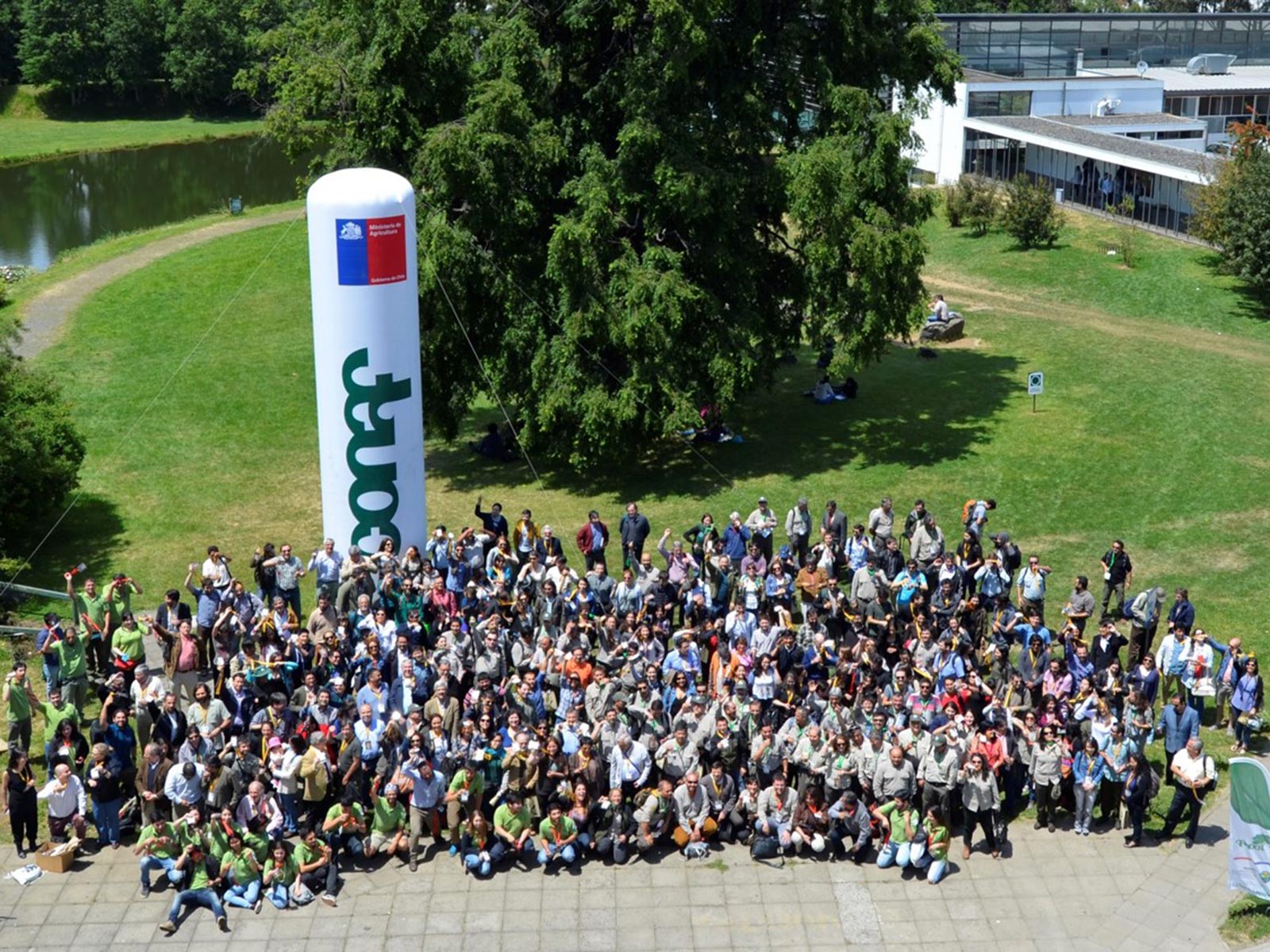
Photo Credit: CONAF
1st Place:
Drawn from a lively field of entries, the inspiring Road Traveled in Chile won handsomely showing good implementation of the Open Standards at multiple scales and providing an excellent overview of the issues involved in making OS the core planning process.
It also demonstrated a successful change in organizational culture, with the competition ‘crowd-sourced voting’ being swamped by happy Chilean staff and colleagues.
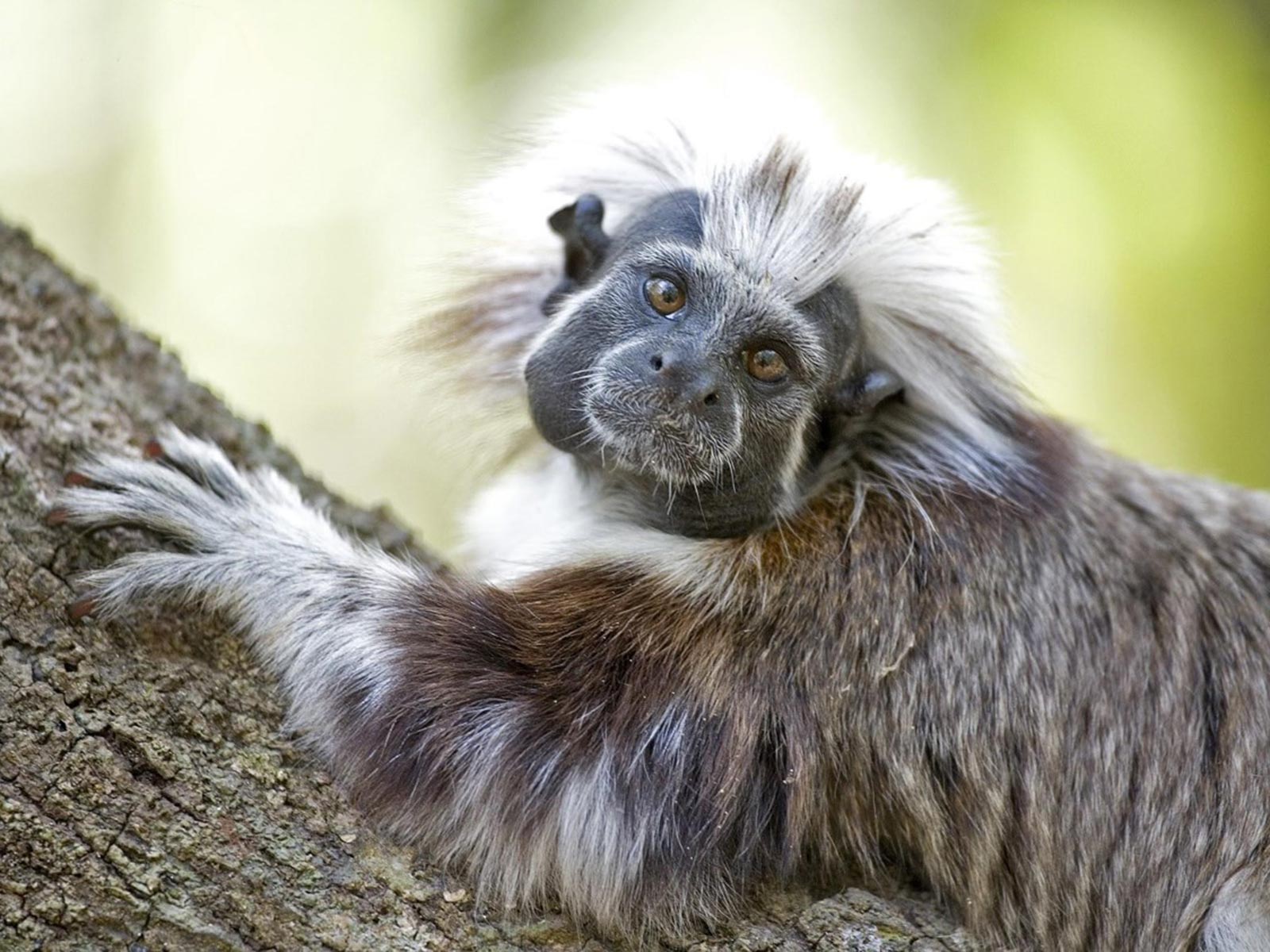
Photo Credit: Lisa Hoffner
2nd Place:
Proyecto Titi: Using an Adaptive Management Approach to Expand Efforts to Save Cotton-top Tamarins in Northwest Colombia
This project seized an opportunity presented by a newfound peace in Colombia to expand its work to new locations, using the OS to efficiently adapt planning and apply lessons learned from their earlier project work.
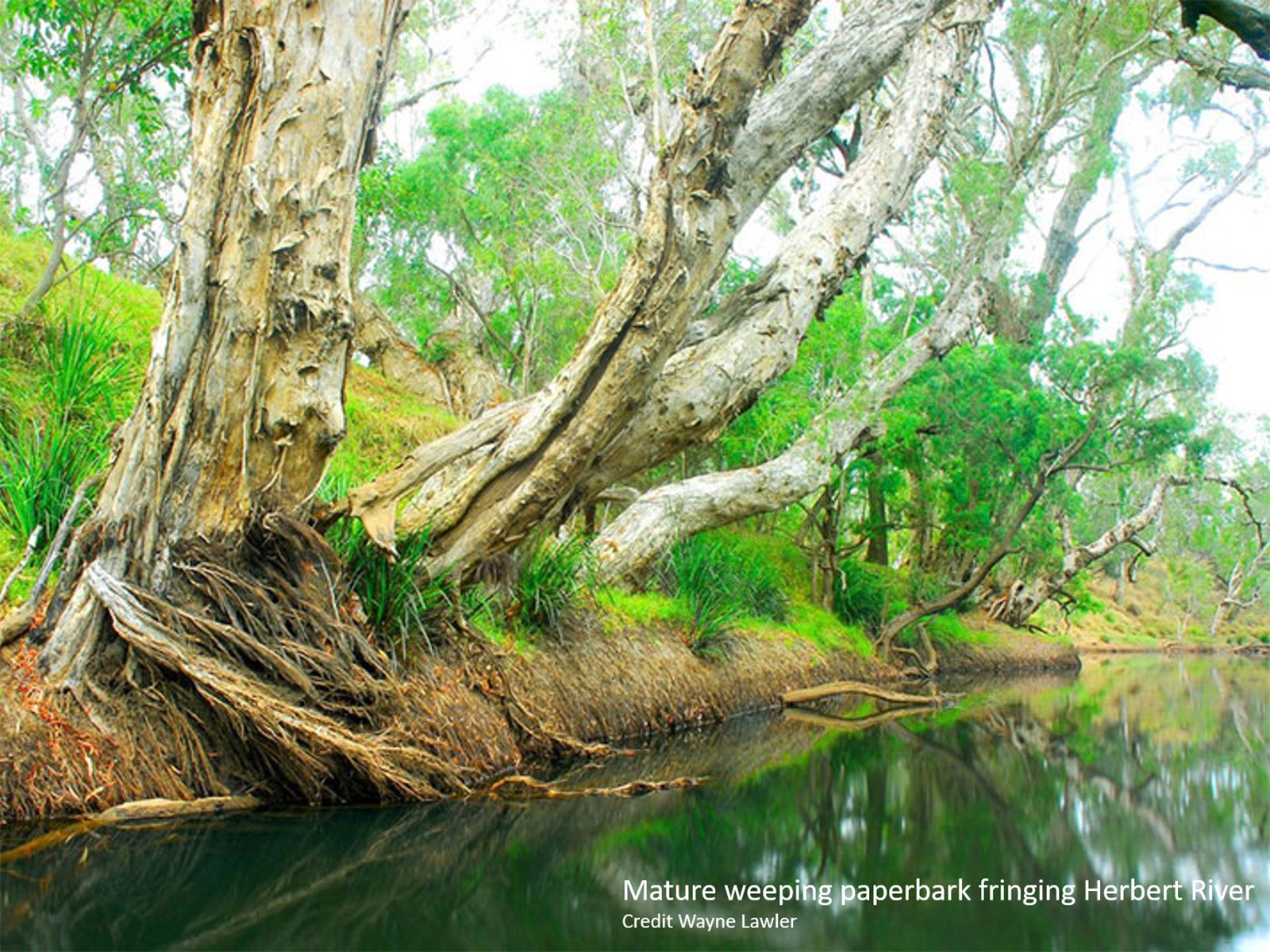
Photo Credit: Wayne Lawler
3rd Place:
Bush Heritage Australia: with their solid use of the OS in communicating the planning, management and monitoring of Yourka Reserve – A Unique Tropical Savanna Ecosystem was awarded third place.
Judges saw this as a good example of full cycle adaptive management – adapting targets, goals, threats and objectives over time as more knowledge became available, and also for the compelling use of dashboards to show progress on key threats and targets.
Honorable Mentions
Two other projects gained an Honorable Mention.
An impressive effort from Bat Conservation International: From Great Conversation to Great Conservation demonstrates that the OS can be deployed across an organization with sufficient management will and funding, and was a great example of learning by doing throughout the training process. However, the case study was focused on very early steps in the process of OS implementation and was thus unable to address specific actions taken.
Whilst still in its early days, the very promising USAID Learning Group Explores the Effectiveness of Enterprises as a Conservation Strategy demonstrated a highly scaleable approach. Following a deep initial investment in developing a generic Theory of Change and extensive evidence gathering, USAID has created a robust framework for systematic learning. As a conservation enterprise strategy lies at the core of many bilateral and multilateral conservation and community development investments, getting this right has potential to underpin effective conservation.
2016 Winners
1st Place:
Chimpanzee habitat in Tanzania by the Jane Goodall Institute
For more than twenty years, the Jane Goodall Institute (JGI) has been working with local communities, governments, other NGOs and science and technology partners to learn how to design landscapes that work better for people and chimpanzees in the Greater Gombe Ecosystem, Tanzania. Today, many of those woodland habitats are coming back thanks to natural regeneration in village forest reserves managed by the local communities. This case study covers lessons learned from using the Open Standards for the Practice of Conservation to help JGI continuously adapt and improve its community habitat conservation strategies in Gombe and elsewhere.
2nd Place:
Full cycle adaptive management in Australia’s arid rangelands by Bush Heritage Australia
Boolcoomatta is a conservation reserve that has been managed by Bush Heritage Australia for 10 years, during which time the management plan has cycled through three major adaptations based on analysis of implementation and results.
3rd Place:
Judges saw this as a good example of full cycle adaptive management – adapting targets, goals, threats and objectives over time as more knowledge became available – and they also appreciated the compelling use of dashboards to show progress on key threats and targets.
Read the full announcement here.
Download CS
The Conservation Standards is the product of inputs, field tests, and discussions among members of the Conservation Measures Partnership (CMP), which has final editorial authority over the Conservation Standards. Substantial input was also provided by members of the Conservation Coaches Network (CCNet) and other CMP partners.
Photo Credit: Felix Cybulla
Support CS
The biodiversity conservation community is tackling large, complex, and urgent environmental problems where the stakes are high. However, we don’t have a fully functional system to assess the effectiveness of our actions. Without more rigorous measurement of effectiveness and disciplined recording of our efforts, we cannot know or demonstrate that we are achieving desired results.
Photo Credit: Felix Cybulla
Our Collaborators
Every organization, agency, project, and individual has its own preferred set of terms. There is no right answer – the most important thing is that the members of your project team and the people with whom you work have a clear and common understanding of whatever terms you choose to use.
Photo Credit: Chris Scarffe
Contact Us
To inquire about supporting Conservation Standards (CS) or for general inquiries, please contact us at CMPinfo@ConservationMeasures.org
Photo Credit: Nature Conservancy of Canada

